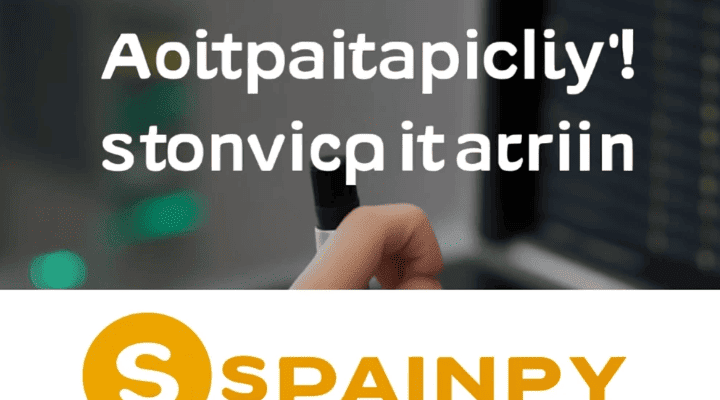The Solana Foundation has officially implemented a major upgrade to the validator reward model, introducing two key changes aimed at boosting staking participation and strengthening network reliability: an increase in SOL staking annual percentage yield (APY) from 6.2% to 8.5%, and the rollout of a “penalty mitigation” mechanism designed to reduce the impact of slashing events on validators and delegators alike.
This reform is the most significant revision of Solana’s staking economics since the network’s mainnet beta launch and signals a broader strategic effort to make the blockchain more resilient, incentive-aligned, and attractive to both retail and institutional stakers.
Why the Change? Balancing Performance and Participation
According to the Foundation, the move was driven by two converging trends:
-
Underperforming validator incentives — Many validators, especially new entrants, have been struggling to cover operating costs due to compressed rewards.
-
Network instability events — A growing number of performance-related slashing events has reduced delegator trust in small or new validators.
By increasing base staking rewards and softening the consequences of honest mistakes, Solana aims to broaden validator participation while maintaining performance standards across its globally distributed network.
Details of the APY Increase
The new baseline APY for SOL staking has been increased to 8.5%, up from the previous 6.2%. This change is effective immediately and applies to all staking positions, whether directly run by validators or delegated via staking platforms.
Solana’s staking rewards remain dynamically adjusted based on:
-
Epoch-by-epoch network inflation rates
-
Validator uptime and block production accuracy
-
Participation ratio (total SOL staked vs. total SOL supply)
Under the new reward formula, validators with consistent uptime and low error rates may earn even higher effective yields, while underperforming validators will still receive comparatively less.
This move is expected to increase overall staking participation, particularly among long-term holders who previously considered the yield unattractive compared to DeFi lending or liquid staking protocols.
Penalty Mitigation Mechanism: Reducing the Slashing Shock
One of the most innovative elements of the upgrade is the introduction of penalty mitigation, a new slashing-adjustment protocol designed to:
-
Reduce slashing severity for unintentional infractions
-
Introduce warning and remediation cycles before full slashing is applied
-
Use statistical risk assessment to differentiate malicious behavior from performance lag
The mechanism works by layering three phases before a full slash is triggered:
-
Warning phase — Validators exhibiting minor uptime issues receive a system alert and a public dashboard notification.
-
Mitigation window — Validators have up to 2 epochs to address performance issues without penalty.
-
Scaled slashing — If no improvement is detected, a graduated penalty is applied based on severity and history.
This design is intended to protect delegators who often suffer losses due to slashing by validators they cannot fully control. It also incentivizes transparency and performance while lowering the fear of experimentation for new validators.
Impact on the Validator Ecosystem
The validator community has broadly welcomed the reform, noting that it reduces the high-risk barrier for new validators entering the ecosystem while promoting decentralization and fairness.
Maria Jaramillo, a top validator operator and contributor to Solana’s staking governance, commented:
“This update brings needed nuance to Solana’s slashing model. By recognizing that not all errors are malicious, we’re building a healthier staking environment where trust and performance coexist.”
Over 11,000 new validator candidates have registered for onboarding resources and simulation tools since the announcement of the upgrade.
Institutional Outlook: Staking as Yield Strategy
For institutional players, the higher APY and improved risk profile are expected to renew interest in native SOL staking. Custodians and funds that previously leaned towards liquid staking derivatives may now consider direct delegation, thanks to the more robust validator safeguards.
OnStaking, one of the largest staking infrastructure providers in Asia, confirmed that it is integrating the new Solana validator modules into its interface, allowing clients to:
-
Select validators with penalty risk scoring
-
View APY history and uptime data
-
Set automated reallocation away from underperforming nodes
These improvements are expected to bridge the gap between passive stakers and active validator engagement.
Developer Community: Implications for Protocol Stability
Solana’s developer community also sees the changes as key to maintaining the network’s low-latency, high-throughput performance as user adoption grows.
Enhanced validator confidence and reduced fear of harsh penalties may increase willingness to run testnet validators, develop node tools, and optimize participation in Solana’s Layer 1 infrastructure.
More consistent validator performance also reduces risk for developers building DeFi, NFT, and gaming applications that require reliable block finality and timestamp accuracy.
Looking Forward: Further Incentive Layers
According to the Solana Foundation’s Q4 2024 governance roadmap, the validator reward upgrade is part of a multi-phase effort to:
-
Introduce reputation-based validator scoring
-
Enable staking derivatives with embedded slashing protection
-
Expand community governance powers to vote on staking reward distribution
The Foundation has encouraged stakeholders to participate in the next governance vote, which will consider proposals on how penalty funds should be redistributed — potentially via community treasury or slashing insurance pools.
Conclusion
The December 2024 upgrade marks a critical step in the evolution of Solana’s staking economy, making it more attractive, more stable, and better aligned with the needs of both institutional and individual stakers.
As network participation increases, Solana is well-positioned to continue scaling sustainably while upholding performance and decentralization — with staking as the foundational economic layer.

 English
English
 Deutch
Deutch
 Espanol
Espanol
 Francais
Francais
 Portugues
Portugues
 日本
日本
 한국인
한국인
 Türk
Türk
 Русский
Русский
 Tiếng Việt
Tiếng Việt

